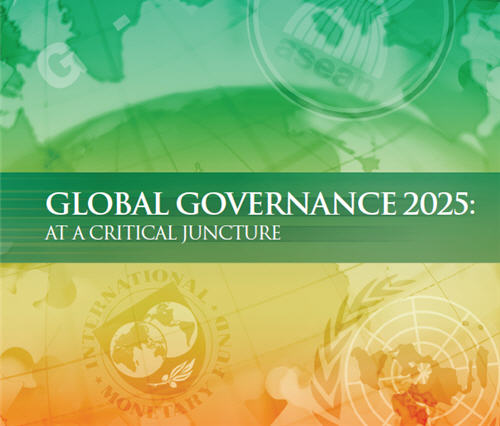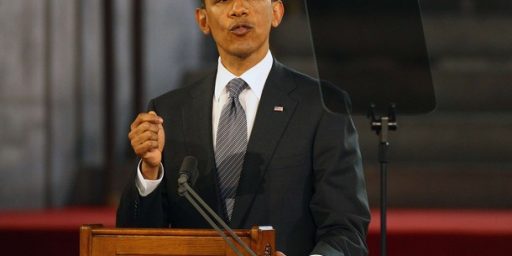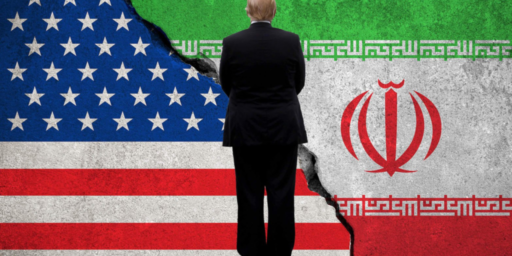2025 Trajectories
The authors of Global Governance 2025 offer a wide range of trajectories for the international system depending on whether we adequately address known threats.
Global Governance 2025, a joint effort of the Atlantic Council and its global partners, sees a wide range of trajectories for the international system depending on whether we adequately address known threats.
In my New Atlanticist post “Muddling Through to 2025,” I evaluate each of the four scenarios proffered by the report authors: Barely Keeping Afloat, Fragmentation, Concert of Europe Redux, and Conflict Trumps Cooperation.
In essence, I argue that the first is the most likely but they’re not mutually exclusive.
This scenario, which I like to call “muddling through,” is no doubt the most likely. It is, after all, essentially the course we’ve been on since shortly after World War II.
The failures of the League of Nations that allowed that conflict to happen sparked the development of a more realistic set of institutions. The United Nations was much more flexible than its predecessor, in that its creators allowed for the very real possibility that the Soviets and other major players would not see eye-to-eye with the West. The Security Council provided a powerful collective security regime in the event of a shared vision on the part of its Permanent Members but, through the veto power, allowed a default to collective defense and state security in the event that any one of them objected.
Similarly, the economic regimes created at Bretton Woods proved very flexible and severable, with such institutions as the IMF and World Bank now performing very different functions than envisioned in 1944 and surviving the collapse of the fixed exchange rate mechanism in the early 1970s.
Much, much more at the link.







I think that Scenario IV is not treated sufficiently seriously. The analogy that’s considered, cursorily, between pre-WWI Europe and the present isn’t the only likelihood and IMO it’s the least likely. Several other possibilities suggest themselves:
1. War between China and Russia. The analogy here would be the Russo-Japanese War.
2. War between Iran and Israel. Although Israel is tiny from a military standpoint it is a major power. Total war between the two could draw other major powers or surrogates into the conflict.
3. War between China and India. There have been, what, three wars between China and India over the last half century or so? I do not believe that China and India are natural allies.
4. Civil war in China. This could well draw neighbors into the conflict.
BTW, why did they make the document so unreadable?
I’m going to file this with the 1985 report “New Coke Sales Projections for 2010”
Dave,
Very interesting. The scenarios aren’t fleshed out in great detail, existing in the Executive Summary in exactly the form quoted and then as sidebars in the report itself.
I agree that the possibility of war exists between some of the non-Western powers. I’m not sure, though, they’d they’d break the system, such as it is.
The reason that I emphasize China in my response is that I think that any conflict involving China is likely to be the most systemically risky. Supply chains these days are very long and don’t have as much redundancy as they should for durability. So, for example, a war in Asia could bring automobile production in the United States to its knees in very short order. Sure, lots of parts could be produced somewhere other than China. But that takes time.
I’m also concerned that multiple sources aren’t actually multiple sources but merely different names for the same source. I’m not sure how an American company would go about verifying that.